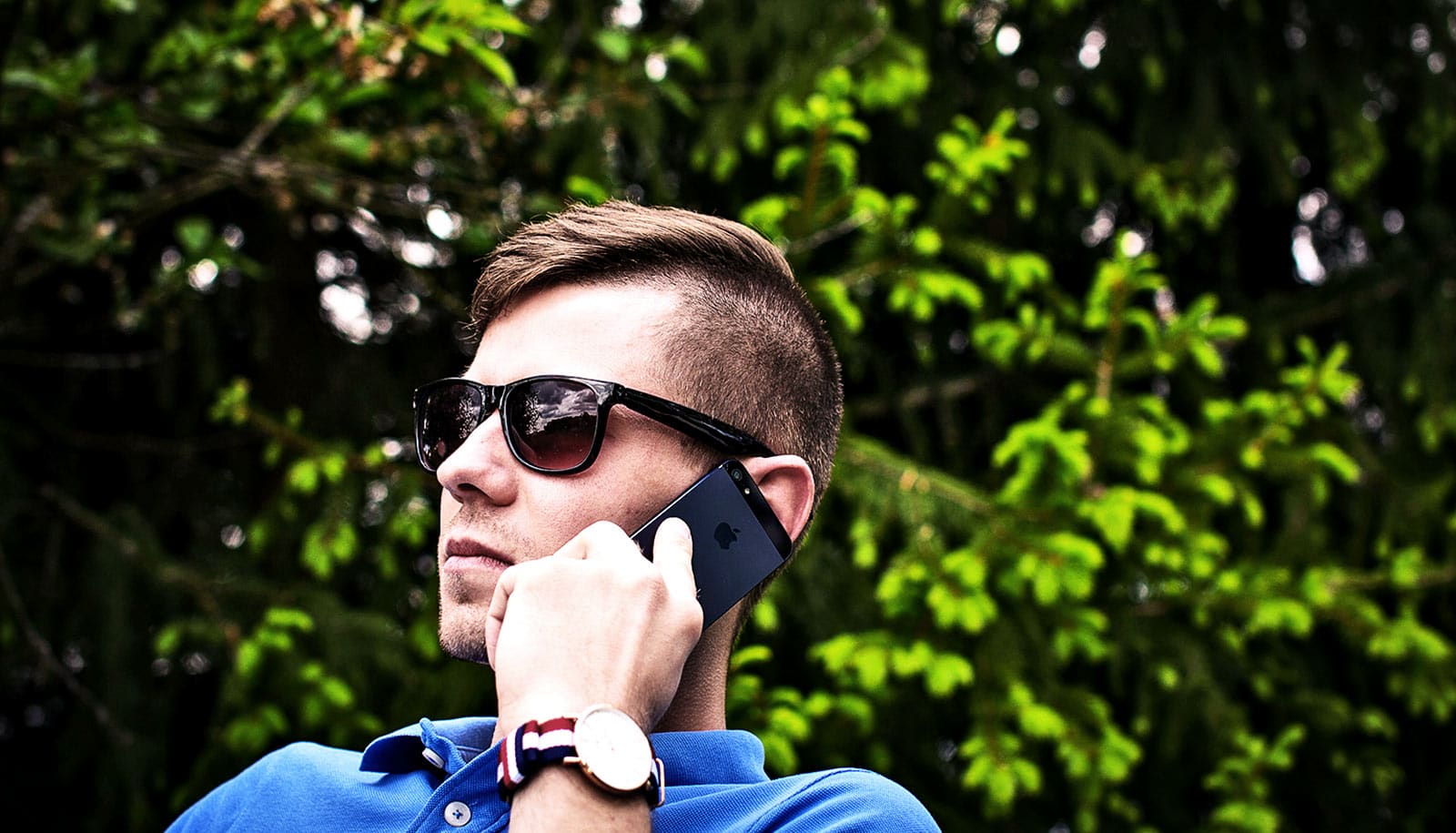The perception that as people become increasingly attached to their phones they become less social is just wrong, according to one expert.
In fact, people turn to their smartphones and other electronic tools to be social, to get information, and to be entertained, says Gabriella Harari, an assistant professor of communication at Stanford University.
“…people’s phone use reflects who they are, those who are more sociable tend to call, text, and talk more in person too.”
Harari’s research shows that who people are and what they like to do shapes behaviors online, not just the technologies themselves.
Harari’s research examines two broad questions: What do digital media reveal about personality and how might digital media change personality? To study these questions, Harari and her research group examine the ways digital media can provide insight into people’s lives and promote behavioral change.
Here, Harari explains some of her work:
What do people most misunderstand about digital media’s effects on behavior?
I think that a general misconception that many may hold is that the advent of digital media technologies has made us less social, in the sense that we are talking to each other less face-to-face. But people’s personalities influence their digital media use, the technologies themselves are just a medium through which they engage in various behaviors.
For example, it is obvious that smartphones have changed our behavior in the sense that people today seem to be more often looking at their devices, as opposed to, attending to their environment and the people in it.
But if we consider what people are actually doing on their smartphones—communicating with others, seeking information or entertainment for example—these behaviors are driven by who people are and the kinds of activities they like to engage in. For example, in one study we found that people who tend to engage in more calls and texts also tend to be the people who engage in more face-to-face conversation. They also tend to describe themselves as being more extraverted in general. So, people’s phone use reflects who they are, those who are more sociable tend to call, text, and talk more in person too. It’s not just the technology that drives behavior, our psychological dispositions influence the ways in which we use our devices.
How does digital media influence a person’s behavior?
Most of our work in this domain is focused on understanding how people can harness digital media as self-tracking technologies to promote self-insight and behavior change. Self-tracking consists of recording the behaviors that occur in one’s daily life, and is typically undertaken by people who want to gain insight into their own behavioral or psychological patterns.
Our research shows that young adults in college are interested in self-tracking technologies (e.g., using their smartphones to collect data) to track and improve their academic performance, manage their time and to-do lists, track their exercise or diet patterns, and understand when they are most productive.
Moreover, we have found that people’s individual characteristics are related to their motivations for self-tracking. For example, younger students (e.g., freshmen, sophomores) were more interested in self-tracking using passive and active self-tracking technologies to improve their productivity and health behaviors, and their social life on campus.
In contrast, female students, students higher in neuroticism, higher in openness to new experiences, and higher in depressive symptoms were more interested in tracking their well-being and daily activities.
How are you using digital media to study personality?
Our use of digital media reveals a lot of personality-relevant information. Personality refers to a person’s tendency to think, feel, and behave in certain ways. So, consider the smartphone as an example. We use smartphones to communicate with others, search for information, complete transactions, play games, and so on. The smartphone mediates our behavior and creates a digital record reflecting our behavior in the device’s system logs.
These digital records can be harnessed to infer personality-relevant information about a person’s tendency to behave in certain ways. This approach is transforming the way we approach the study of personality by providing a window onto the behavioral manifestation of personality in daily life.
You recently looked at how young adults socialize across four common communication channels: conversations, phone calls, text messages, and use of messaging and social media applications. What were you surprised to find?
When we describe a person as being “sociable” we are referring to their tendency to affiliate with others (vs. be alone). There are obviously many ways a person might use digital media to affiliate with others these days. And yet, we still have a limited understanding of precisely how much communication behavior people tend to engage in during a typical day or week. So, our study was motivated by a need to understand the behavioral manifestation of sociability.
We were surprised by the remarkable variability between people in their behavioral tendencies. Some young adults showed behavioral tendencies that suggest they were often alone or interacted with very few people on most days, while other young adults seemed to interact with dozens of people on most days.
During a typical day, the average young adult was around approximately 19 instances of in-person conversation for a total of 2.5 hours of conversation. The average young adult also received and made about 3 calls for a total of 5-10 minutes, received and sent about 32 text messages, and used social media and messaging apps about 30 times. The amount of social behavior young adults engaged in from day to day was highly stable, suggesting that people tend to engage in similar levels of social behavior from day-to-day in terms of the frequency and duration of communication across these channels. Overall, our findings showed that we can create reliable and valid assessments of people’s sociability tendencies based on behavioral patterns derived from their smartphone data.
Source: Stanford University



